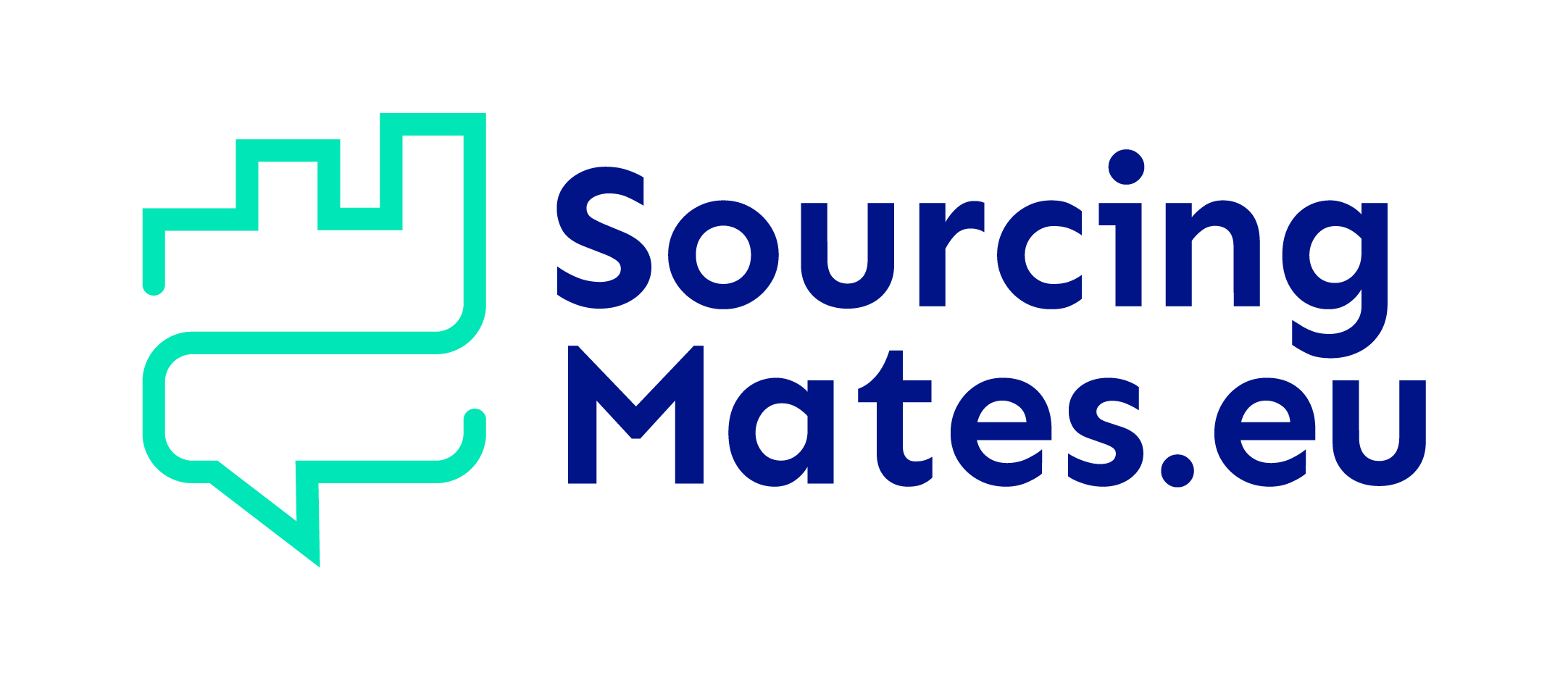In the world of business, product sourcing is a crucial component that can make or break the success of a company. With the rise of globalization and the ease of international trade, businesses now have the ability to source products from anywhere in the world. But how exactly does this process work? Let’s take a closer look at the steps involved in the sourcing process, from initial product research to final delivery.
Identifying the Need
The first step in the sourcing process is identifying the need for a specific product. Businesses must consider their product line, target market, and sales forecasts. This stage also involves determining the necessary quality and quantity of the product.
Market Research
Next, businesses must conduct market research to identify potential suppliers. This research can include searching online, attending trade shows, and seeking recommendations. The goal is to find reliable suppliers who offer the desired product at a competitive price.
Supplier Contact
Once potential suppliers are identified, the next step is to reach out and gather information. This includes inquiring about pricing, minimum order quantities, delivery schedules, and payment terms.
Supplier Evaluation
After gathering information, it’s time to evaluate potential suppliers. This involves assessing factors like reliability, quality assurance, ethical standards, and financial stability. Businesses may also wish to ask for references or samples before making a decision.
Negotiation
Once a supplier is selected, businesses enter into negotiation. This includes finalizing pricing, terms of delivery, payment conditions, and product specifications. It’s critical to establish a mutual agreement that is beneficial for both parties.
Purchase Order
After negotiation, a purchase order is issued. This legal document outlines the details of the order, including product specifications, quantities, prices, and delivery schedules.
Quality Control & Inspection
Before the product is shipped, quality control measures are implemented to ensure that the product meets the specified requirements. This may involve third-party inspections or audits to guarantee product quality.
Shipment & Delivery
After quality control, the product is shipped and delivered to the business. It’s crucial to track the shipment and ensure a smooth customs clearance process.
After Sales Service
The sourcing process does not end with delivery. After-sales service involves addressing any issues or concerns that arise post-delivery, ensuring the satisfaction of the business and maintaining a positive relationship with the supplier for future transactions.
Conclusion
Product sourcing is a complex process that requires careful planning and execution. By understanding each step, businesses can better manage their sourcing activities and create efficient and cost-effective supply chains. At SourcingMates, we streamline this process for you, ensuring you get the best products from the most reliable suppliers at competitive prices. Let us handle the complexities of sourcing so you can focus on growing your business.

